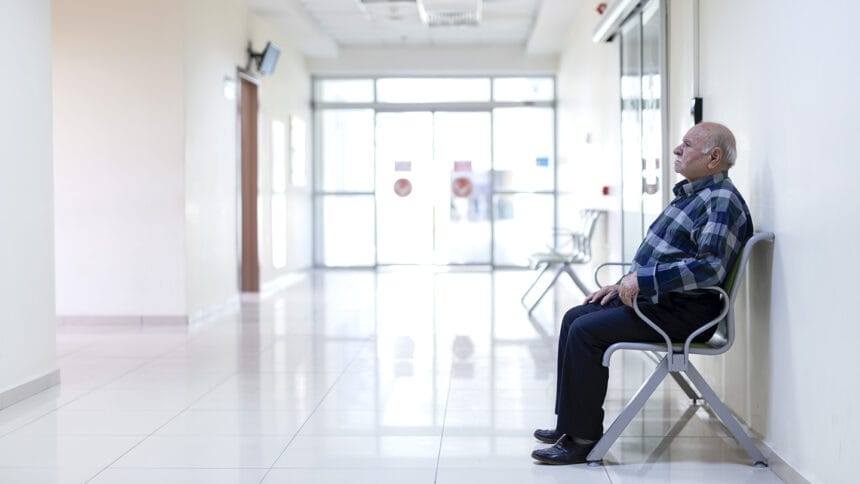
Since 2016, waiting lists for home- and community-based services (HCBS) have kept more than 600,000 people from accessing care each year, while staffing woes and funding uncertainties present no hope for improvement, a new report finds.
More than 70% of these people waiting in line have intellectual or developmental disabilities, while another 25% are adults and seniors with physical disabilities, according to a recent report from KFF. In 2023, there were a total of 692,000 people waiting to receive HCBS, and the number has steadily gone up in each of the last three years.
“Waiting lists may reflect both shortages of workers and insufficient state funds,” KFF noted. “Although states reported increasing provider payment rates and other efforts to bolster the workforce, challenges remain and some of states’ policies for addressing those challenges have ended with the conclusion of pandemic-era programs.”
Long-term services and supports, which include HCBS, are historically grossly underfunded, and states will likely have to chip in more next year as enhanced federal funding brought on by the COVID-19 pandemic expires. But though the workforce shortage often keeps Medicaid beneficiaries stuck waiting, state processes can also create obstacles, according to the report. Many states do not screen individuals for Medicaid eligibility before adding them to HCBS wait lists. As a result, these queues are potentially clogged up by people who are not even eligible for HCBS through Medicaid, which was made apparent by a situation several years ago.
“Between 2018 and 2020, the total number of people on waiting lists decreased by 155,000 or 19%,” the KFF report said. “However, nearly half of that change came from Ohio’s implementation of a waiting list assessment of waiver eligibility, which reduced the size of the state’s waiting list by nearly 70,000 people.”
Just six states — the ones that have no mechanisms in place to screen people waiting for HCBS — account for more than half of the total number of people in line, according to the report. Meanwhile, average wait times can be as long as 36 months.
In April, the Centers for Medicare & Medicaid Services proposed a rule that would enhance Medicaid eligibility screening, as well and create more transparency as to the number of people waiting for HCBS and the amount of time before they receive care. One controversial aspect of the proposed rule would require that 80% of Medicaid payments for specific HCBS be spent on caregiver compensation.

